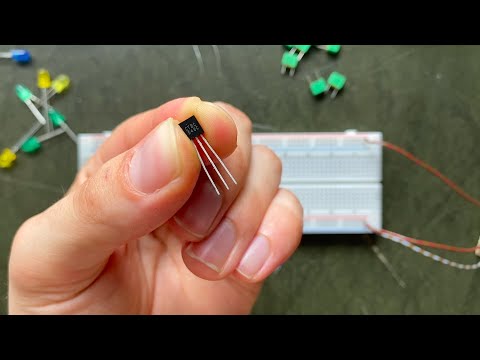Description:
Learn how to build an analog Voltage Controlled Oscillator (VCO) from scratch in this detailed tutorial video. Explore the process of adding CV capabilities to an oscillator core, covering topics such as NPN transistors, potentiometers, and voltage addition. Gain insights into frequency basics, wave shape fixes, and the advantages of using resistance over capacitance. Discover the intricacies of NPN transistor operation, including linear and semi-active regions. Follow along with the step-by-step installation of components and learn about scaling, offset, and their practical applications in VCO design. Understand the importance of temperature dependence in analog circuits. Perfect for beginners and electronics enthusiasts looking to delve into synthesizer construction.

DIY VCO - The Simplest Exponential Converter
Add to list
#Art & Design
#Music
#Music Production
#Synthesizers
#Engineering
#Electronics
#Analog Electronics
#Audio Engineering
#Frequency Modulation
#DIY Electronics